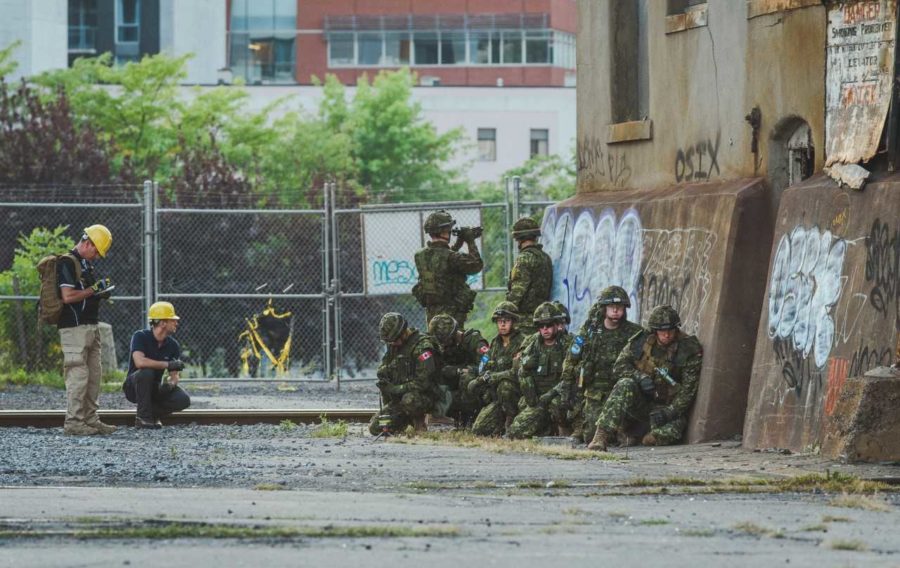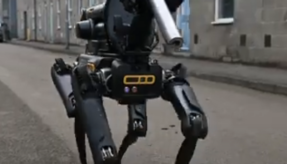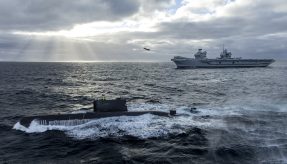
While soldiers took to the streets in Canada to take part in the Contested Urban Environment (CUE) exercise last month, top analysts from Defence Science and Technology Laboratory (Dstl) worked in the background to model how future wars might be fought and won.
The exercise in Montreal involved scientists and technical experts, soldiers and industry teams. As well as looking at current ‘bleeding-edge’ technology, there was another group working behind the scenes to take a glimpse into the future of warfare.
Some of the brightest minds from the UK, USA, New Zealand, Australia and Canada gathered round to look at scenarios of the future; what technologies might be available; how the enemy might use them and possible responses.
The British team participated in wargaming activity, modelling the wider concepts of operating in an urban environment and working on ‘missions’ – looking into the future as far as 2035.
The team explored the possible outcomes of using future technologies like through-wall RADAR or co-ordinated swarms of UAVs using ‘technology cards’ – a look into a future reality of things which are coming but are not yet available.
David Kilcullen, the table-top exercise lead for CUE and one of the world’s leading experts on wargaming, said: “We’ve been really fortunate to have a true expert in wargaming technique from Dstl, who is an expert in this kind of technology wargaming.
“Teams represent the enemy, friendly forces, and city itself (the people that live in it). Like a board game, people have time to plan their action, and then we have a resolution discussion to think through the implications. Who wins and loses is not actually that important. CUE had 41 different technologies, and we wanted to add each of those in gradually to see what difference it makes with multiple runs of the same battle scenario.
“The Dstl team that’s here has a lot of technology that is really relevant to the scenario that we’re gaming. Literally everything that happens in a war game, you’re recording it, so you not only know what you think you’ve found out, but you can go back and maybe there’s a different way to interpret that.”
If you would like to join our community and read more articles like this then please click here.







